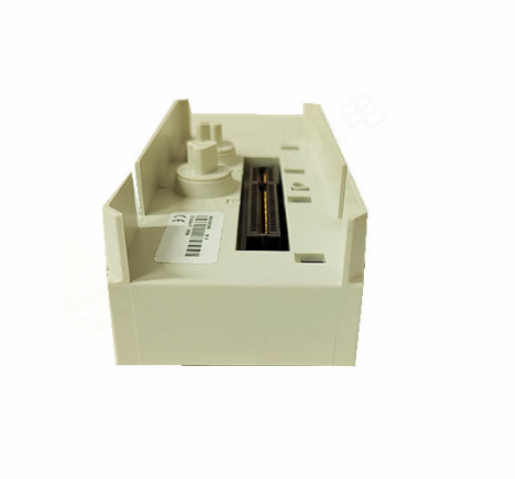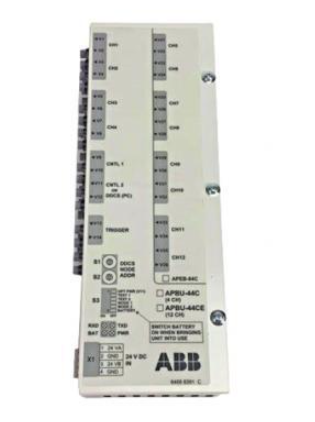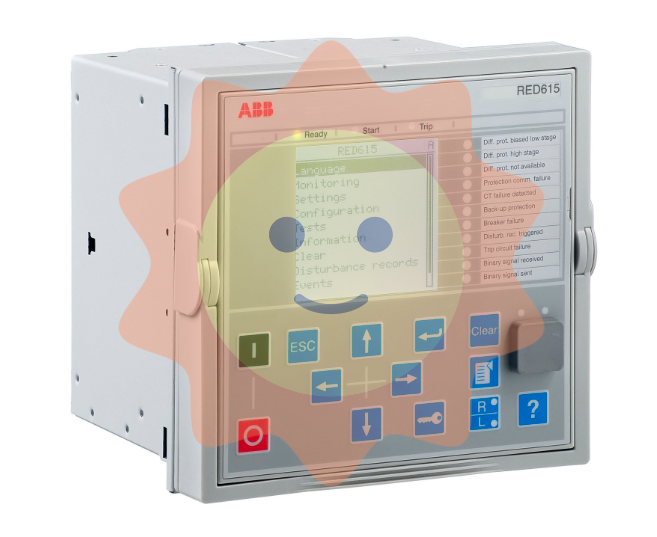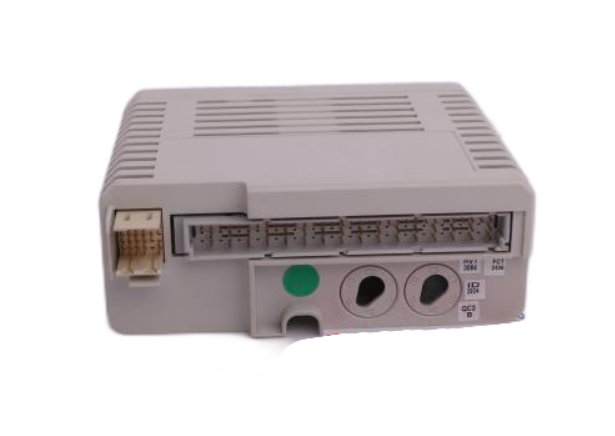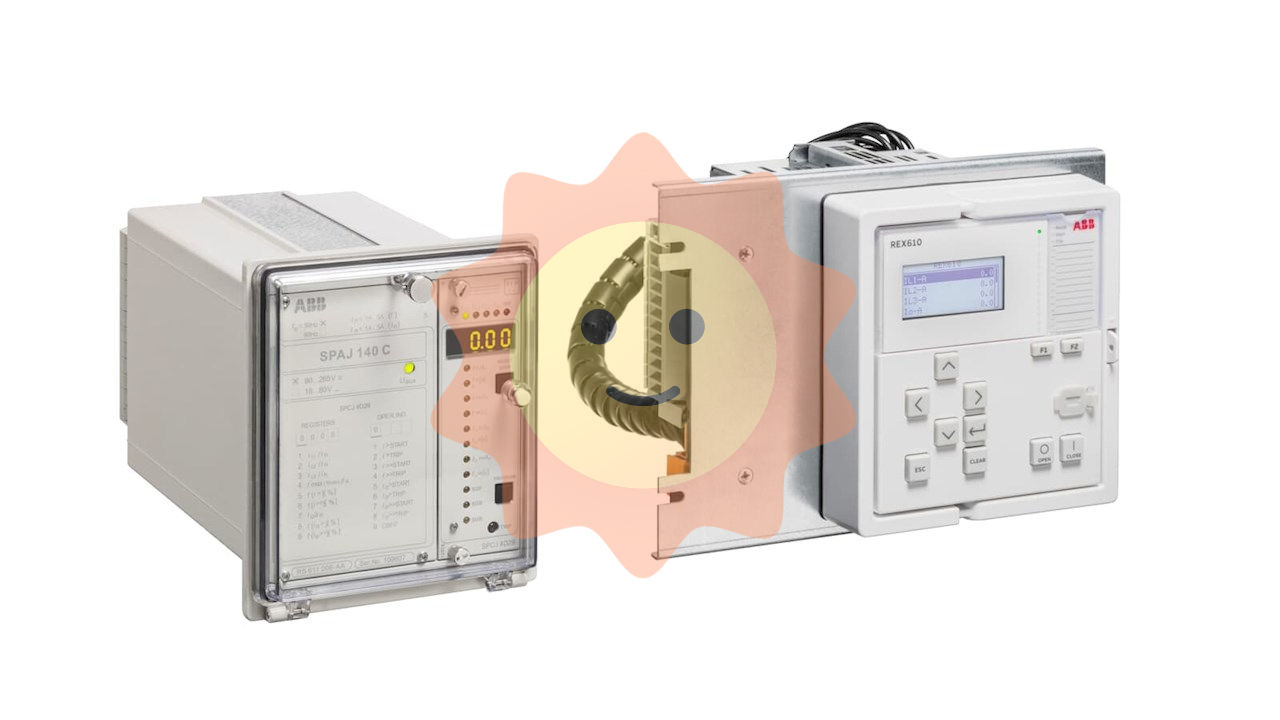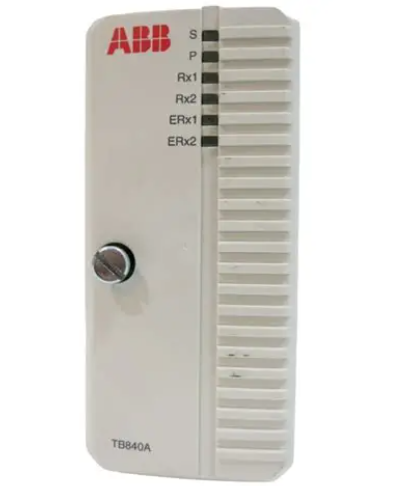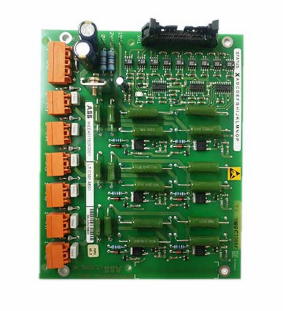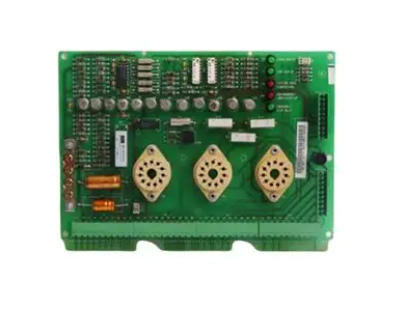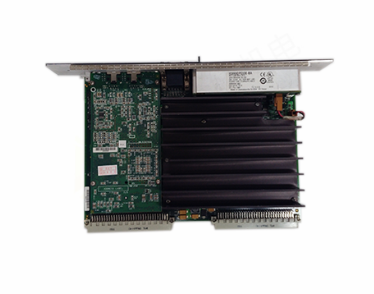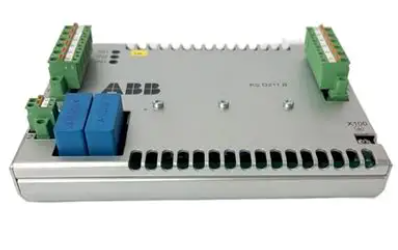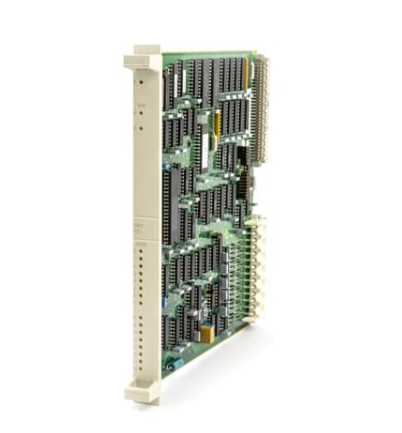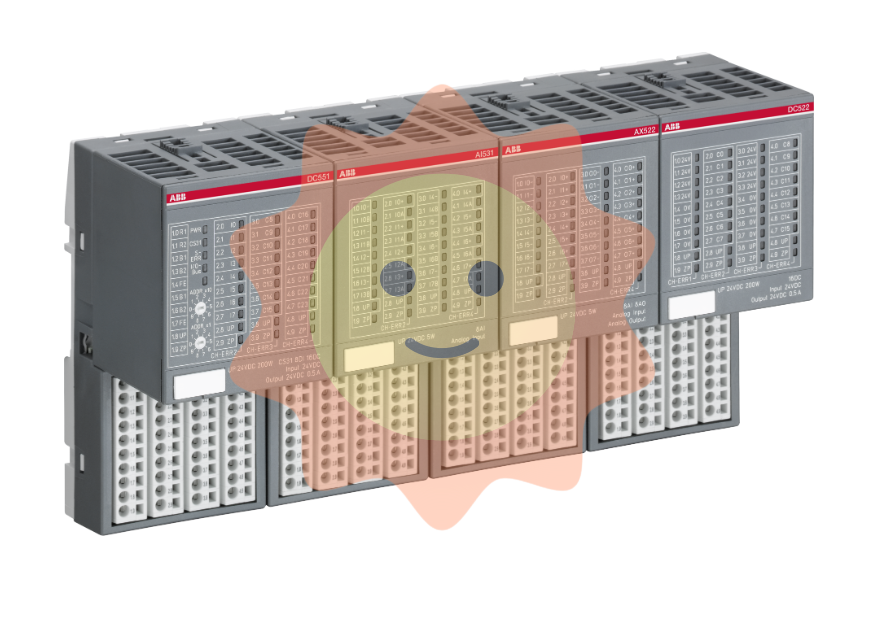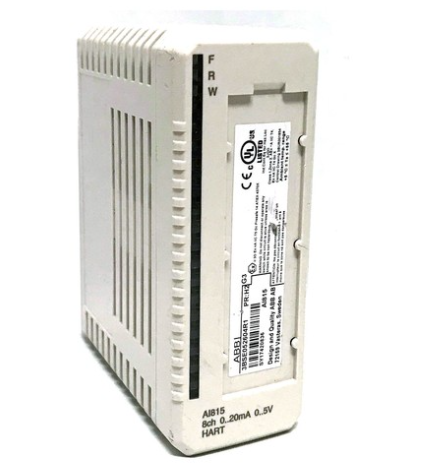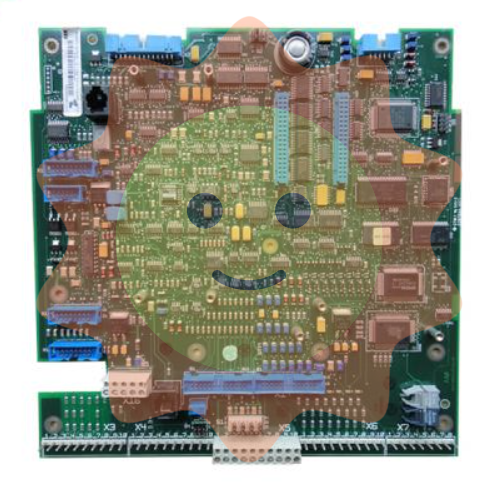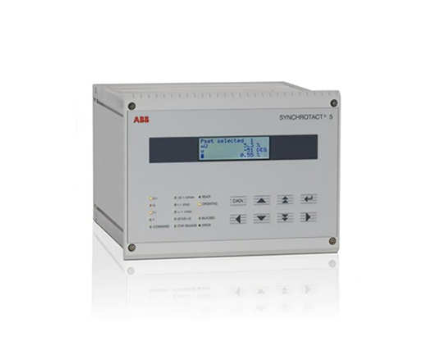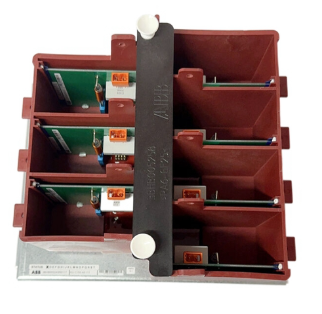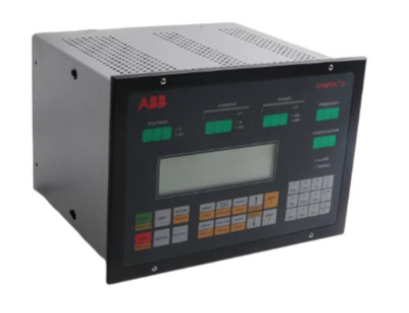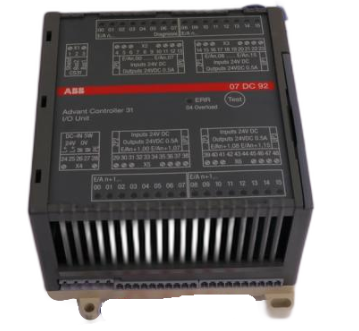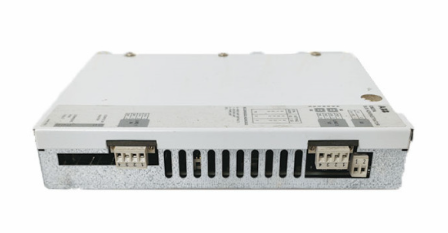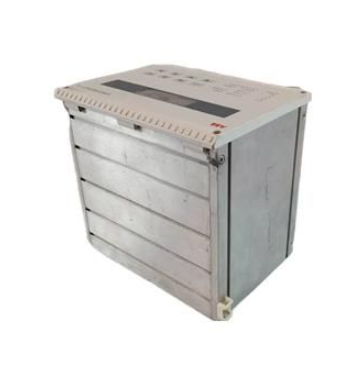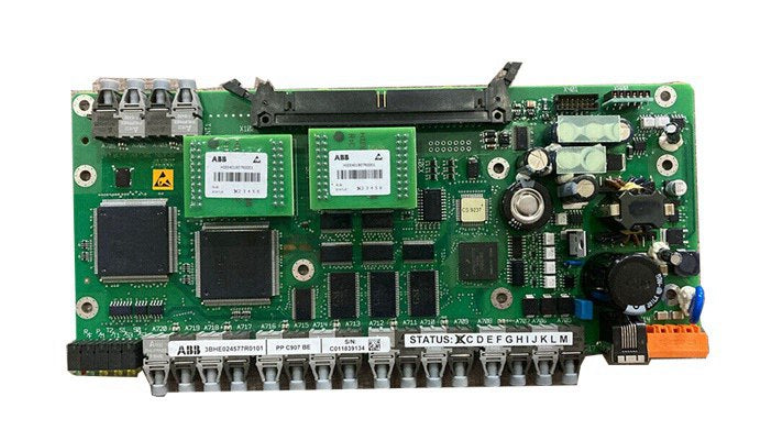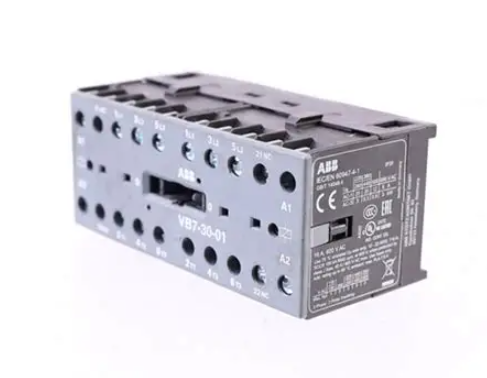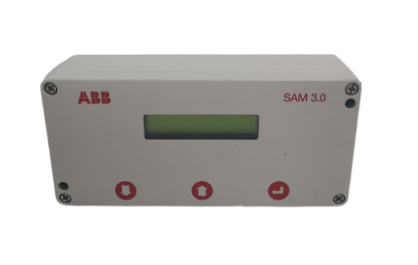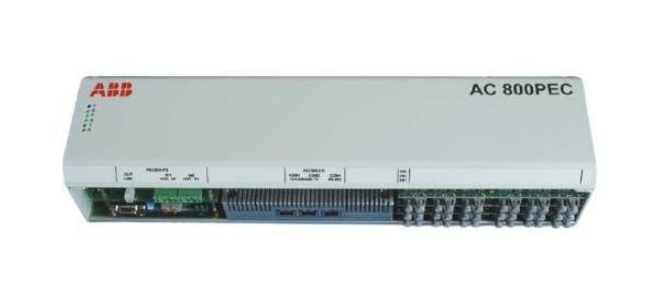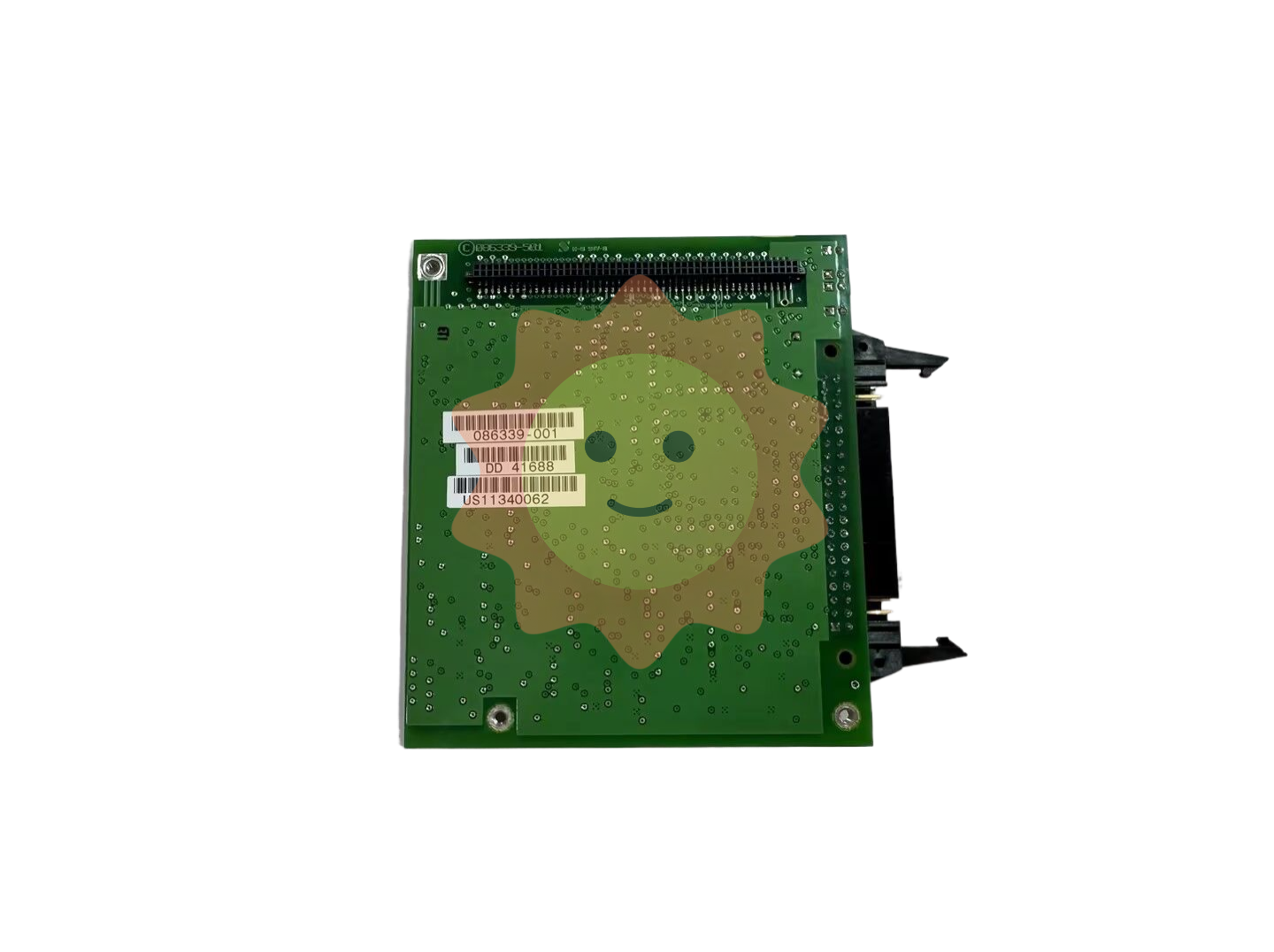XYCOM 93533-001 REV A 93182A2 PORT 3 PORT 4 BOARD
Equipment control and collaboration: Through digital and analog interfaces, external devices can be controlled and collaborated. In industrial automation production lines, according to the preset logic of the system, the motor start stop and valve switch are controlled through digital output interfaces; Using analog output interface to adjust the output frequency of the frequency converter, control the motor speed, ensure the coordinated operation of various equipment in the production line, and improve production efficiency.
Fault diagnosis and alarm: Built in fault diagnosis circuit, real-time monitoring of board working status and various interface signals. When communication abnormalities, signal out of range, power failure, and other issues are detected, the alarm mechanism is immediately triggered to notify the user through flashing indicator lights or output alarm signals, and the fault information is stored in the internal register of the board for easy troubleshooting and repair.
Working principle
The board establishes connections with external devices through communication ports such as PORT 3 and PORT 4. When external devices send data, the communication interface circuit receives the signal and performs level conversion and signal conditioning, converting it into a digital signal that can be processed inside the board and transmitting it to the data processing unit. The data processing unit parses, verifies, and processes data according to preset communication protocols and instructions, and extracts valid information. For digital and analog input signals, they are also collected and converted by corresponding interface circuits before being sent to the data processing unit for processing. The processed data is sent to other devices through communication ports according to system requirements, or control signals are output through digital and analog output interfaces to drive external device actions. At the same time, the fault diagnosis circuit continuously monitors the working status of each part of the board. Once any abnormalities are found, the fault information is immediately fed back to the data processing unit, which executes alarm and fault handling procedures.
Key advantages
Powerful communication capability: Supports multiple communication interfaces and protocols to meet the data communication needs of different devices and systems, achieving seamless connection and efficient data exchange of industrial field equipment. Both long-distance RS-485 communication and high-speed Ethernet communication can operate stably and reliably, ensuring system real-time performance and data integrity.
High integration and flexibility: Integrating multiple functional interfaces, integrating data communication, signal processing, and device control into one, reducing the number of system components and lowering wiring complexity. At the same time, users can flexibly configure various interface parameters and working modes according to actual application needs, adapting to the diverse needs of different industrial scenarios.
High reliability and stability: Using industrial grade components and strict production processes, it has undergone multiple rigorous tests such as high temperature, low temperature, and electromagnetic interference, and has excellent anti-interference ability and environmental adaptability. In harsh industrial environments, it can still operate stably for a long time, effectively reducing equipment failure rates and lowering maintenance costs.
Easy to install and maintain: Compact size and diverse installation methods make it convenient to install and deploy in various industrial equipment. The comprehensive fault diagnosis function and intuitive indicator light design make it easy to quickly locate and solve faults, reducing maintenance difficulty and time costs.
Precautions
Installation and wiring: Before installation, ensure that the equipment is powered off, strictly follow the instructions for board installation, and avoid damaging the board or interface with improper force. When wiring, carefully distinguish the types of interfaces and pin definitions, use appropriate cables, and ensure a secure connection. For communication cables, shielded wires should be used and properly grounded to prevent electromagnetic interference from affecting communication quality. Pay attention to the polarity of power wiring to avoid damage to the board caused by reverse connection.
Parameter configuration: Before use, configure the board parameters correctly through supporting software or hardware settings based on the actual application scenario, such as communication protocol, baud rate, data bits, stop bits, etc. During the configuration process, carefully check the parameters to prevent communication abnormalities or functional failures caused by incorrect settings. Timely save and test the modified parameters to ensure the normal operation of the board.
Environmental requirements: When installing and using the board, choose a dry, ventilated, and non corrosive gas environment, avoid direct sunlight and severe vibration. Stay away from strong electromagnetic interference sources such as large motors, transformers, etc. Regularly clean the surface dust of the board to prevent the accumulation of dust from affecting heat dissipation and electrical performance.
- EMERSON
- Honeywell
- CTI
- Rolls-Royce
- General Electric
- Woodward
- Yaskawa
- xYCOM
- Motorola
- Siemens
- Rockwell
- ABB
- B&R
- HIMA
- Construction site
- electricity
- Automobile market
- PLC
- DCS
- Motor drivers
- VSD
- Implications
- cement
- CO2
- CEM
- methane
- Artificial intelligence
- Titanic
- Solar energy
- Hydrogen fuel cell
- Hydrogen and fuel cells
- Hydrogen and oxygen fuel cells
- tyre
- Chemical fiber
- dynamo
- corpuscle
- Pulp and paper
- printing
- fossil
- FANUC
- Food and beverage
- Life science
- Sewage treatment
- Personal care
- electricity
- boats
- infrastructure
- Automobile industry
- metallurgy
- Nuclear power generation
- Geothermal power generation
- Water and wastewater
- Infrastructure construction
- Mine hazard
- steel
- papermaking
- Natural gas industry
- Infrastructure construction
- Power and energy
- Rubber and plastic
- Renewable energy
- pharmacy
- mining
- Plastic industry
- Schneider
- Kongsberg
- NI
- Wind energy
- International petroleum
- International new energy network
- gas
- WATLOW
- ProSoft
- SEW
- wind
- ADVANCED
- Reliance
- YOKOGAWA
- TRICONEX
- FOXBORO
- METSO
- MAN
- Advantest
- ADVANCED
- ALSTOM
- Control Wave
- AB
- AMAT
- STUDER
- KONGSBERG
- MOTOROLA
- DANAHER MOTION
- Bently
- Galil
- EATON
- MOLEX
- Triconex
- DEIF
- B&W
- ZYGO
- Aerotech
- DANFOSS
- KOLLMORGEN
- Beijer
- Endress+Hauser
- MOOG
- KB
- Moxa
- Rexroth


Email:wang@kongjiangauto.com


